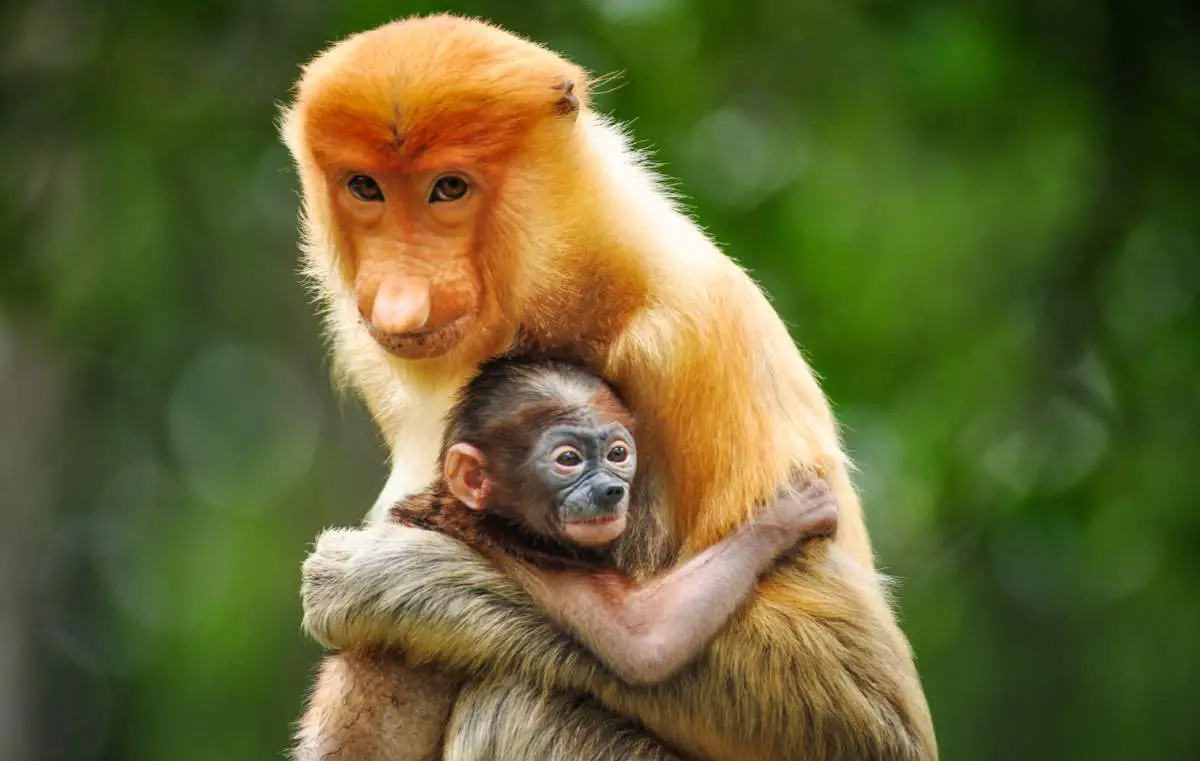We, humans, are destroying the Earth’s wilderness, very fast. Actually, we are the main (and probably the only) cause of the sixth major extinction event in the history of our planet. Now, a recent UN report says at least one million species (animals, plants, and insects) are at the risk of extinction. There will be serious consequences for life on Earth, and also for human beings.

The new UN report is in accordance with previous reports, like the recent study published in January in the journal Global Ecology and Biogeography, on the land, 28% of vertebrates (including mammals, birds, reptiles, and amphibians) die because of humans.
The report takes a look at just how much humanity has damaged the natural world over the last 50 years.
One million species at risk of extinction
The result is terrifying. The world’s population has doubled since 1970, while the global economy has grown fourfold and international trade tenfold. Nature is now more trouble than at any other time in human history. Species are now being lost at a rate tens or even hundreds times faster than in the past. And this rate is likely to increase over the coming decades.
Extinction is now looming for at least one million species – including animals, plants, and insects.
Here are the major takes from the UN report below – the ways in which humans are reducing biodiversity:
- 75% of land environment and some 66% of the marine environment “have been significantly altered by human actions.“
- Almost half of the Earth’s land mammals and a quarter of bird species have had habitats hit by global warming.
- Overfishing is a big problem too. A third of the world’s fish stocks now overfished.
- The number of invasive species per country has risen 70 percent in the last 50 years.
- Humans are turning forests into grasslands and farms.
- Three-quarters of the Earth’s land areas, two-thirds of oceans, and 85 percent of crucial wetlands have been severely altered or already lost, leaving plants and animals homeless, making it harder for them to survive and driving them to extinction.
- “More than a third of the world’s land surface and nearly 75% of freshwater resources” are used for crops or livestock.
- “Up to $577 billion in annual global crops are at risk from pollinator loss.”
- Between 100 million and 300 million people now face an “increased risk of floods and hurricanes because of loss of coastal habitats and protection.”
- Since 1992, the world’s urban areas have more than doubled.
- Plastic pollution has increased tenfold since 1980.
- “300-400 million tons of heavy metals, solvents, toxic sludge” and other industrial waste are dumped into the world’s water systems.
But, there’s a little hope, still. Authors say many of the worst effects can be prevented if we change the way we produce energy (not using fossil fuels), the way we grow food, dispose of waste and deal with climate change. These changes require urgent action for the world’s governments, the private sector, and the individuals, though.
We need real action, and urgently. Now it’s time to act. We can’t wait any longer.
Sources
- “One million species at risk of extinction, UN report warns” on National Geographic
- “One million species face extinction, U.N. report says. And humans will suffer as a result.” on Washington Post
- “1 Million Animal And Plant Species Are At Risk Of Extinction, U.N. Report Says” on the National Public Radio website
- Space Shuttle Endeavour’s Touchdown Meets Columbia’s Salute [An amazing photo from the past] - February 29, 2024
- Moon Landings: All-Time List [1966-2024] - February 23, 2024
- From Orbit to Ordinary: 10 Earthly Applications of Space Technology - January 23, 2024

